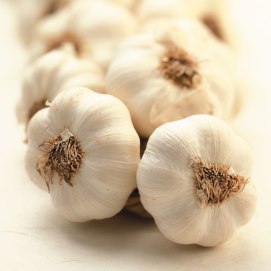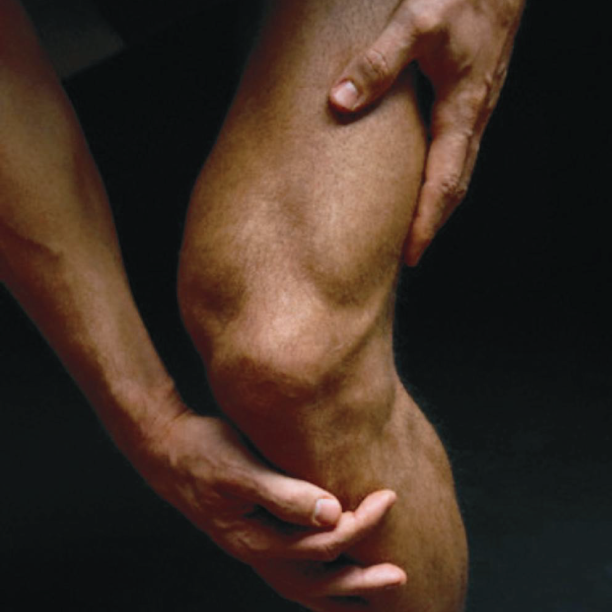What Mr. McKernan and his team have found contradicts the latest arguments from fact-checkers
These are expected to be “rare events,” but they can happen, Mr. McKernan told The Epoch Times.
DNA Integration
Since the introduction of the COVID-19 mRNA vaccines, some members of the public have been concerned that the vaccines may modify human DNA by combining their sequences with the human genome.
Ulrike Kämmerer, a professor of human biology at the University Hospital of Würzburg in Germany, conducted earlier stages of this research.
Exposing breast and ovarian human cancer cells to Pfizer and Moderna mRNA vaccines, Ms. Kämmerer found that about half of the cells expressed the COVID-19 spike protein on their cellular surface, indicating that they had absorbed the vaccines.
Mr. McKernan then performed gene sequencing and found that these cells and their descendant cells contained vaccine DNA.
After this, he tested to see whether any vaccine DNA combined with the cancer cell DNA, a process known as DNA integration. Integration is more of a concern in healthy cells than cancer cells because it disrupts cells’ genetic stability and integrity, increasing cancer risk.
However, because cancer cells already have unstable DNA, the effects of DNA integration are less clear.
Currently, in biomedical research, most experiments are carried out in cancer cell lines, as they are easier to obtain, experiment on, and maintain in the laboratory.
Mr. McKernan detected vaccine DNA sequences on two chromosomes in the cancer cell lines: chromosome 9 and chromosome 12. The sequencing machine detected both instances of integration twice. It is important to get two readings of the DNA integration to ensure that the integration is not a result of misreading or random error, he said.
“The integration of ‘vaccine’ genetic information into the genome of cells was not such a surprise for me—more the confirmation of what we had to expect, unfortunately,” he told The Epoch Times.
Mr. McKernan said it is unsurprising that integration was detected on only two chromosomes with two readings of each integration. This is because integration is rare, and the genes must be sequenced many times to get more sensitive results.
The current findings are still preliminary, he said. More tests are also needed to determine whether DNA integration could be passed on to descendant cancer cells and whether this may affect cancer patients.
Also, since the test was conducted in cancer cells and not in healthy human cells, it does not suggest the same integration would occur in healthy human cells.
His review of Mr. McKernan’s data also found signs of DNA integration at chromosomes 9 and 12.
“A wide variety of abnormalities can occur [in normal cells] depending on the site of genome integration,” Mr. Arakawa said.
Not Random Events
The two integration events into chromosome 9 occurred at the same place, as did the integration events into chromosome 12.
Mr. McKernan said the odds of this occurring are one in 3 billion, highlighting that where the DNA integrates may not be random.
“There’s likely hotspots for this,” he told The Epoch Times, highlighting that in the human genome, jumping genes—short segments of DNA sequences—tend to “jump” into highly activated areas of DNA.
Highly activated DNA tends to play important roles in the human body.
The DNA integration into chromosome 12 occurred within the FAIM2 gene. Once activated, this gene creates a protein involved in programmed cell death. Since cancer cells evade cell death, the integration at chromosome 12 may be a survival-driven change.
Vaccine DNA Is Active in the Cells
Mr. McKernan said he believes that vaccine DNA is highly active in cancer cells. His sequencing machine detected the DNA of cancer cells 30 times but detected spike DNA 3,000 times.
Not only did he detect much higher levels of vaccine DNA, but he also detected new variants in certain segments of the vaccine DNA.
These new DNA variations were not observed in unvaccinated cancer cells nor in the vaccine not exposed to the cancer cells.
Mr. McKernan said he believes that these new gene variants likely occurred because the cancer cell made copies of the vaccine DNA and created small errors.
What he and his team have found contradicts the latest arguments from fact-checkers claiming that the DNA from the mRNA vaccines cannot get into the cell, nor can it be active, he said.
DNA Contamination From mRNA Vaccine Manufacturing
DNA is present in the COVID-19 mRNA vaccines because of the manufacturing process.
Initially, Pfizer reported that it would use a PCR machine to produce the DNA for its mRNA vaccine. The PCR machine first makes many copies of DNA, which is then sequenced into RNA.
However, because this process wouldn’t be fast enough to meet demands, the vaccine manufacturers switched to using bacteria to mass-produce DNA as the template for the mRNA vaccine.
In this process, vaccine manufacturers introduce bacterial DNA containing the vaccine spike sequences. The bacteria make many copies of this spike DNA as they divide. This spike DNA is then harvested and transcribed into mRNA in a machine. The mRNA is then packaged into lipid nanoparticles for use in vaccination.
Mr. McKernan highlighted that compared with previous vaccines, mainly composed of naked DNA that had difficulty entering the cells, the DNA carried in the mRNA vaccines presents greater health risks, as it is packed into lipid nanoparticles and delivered straight into the cells.














































